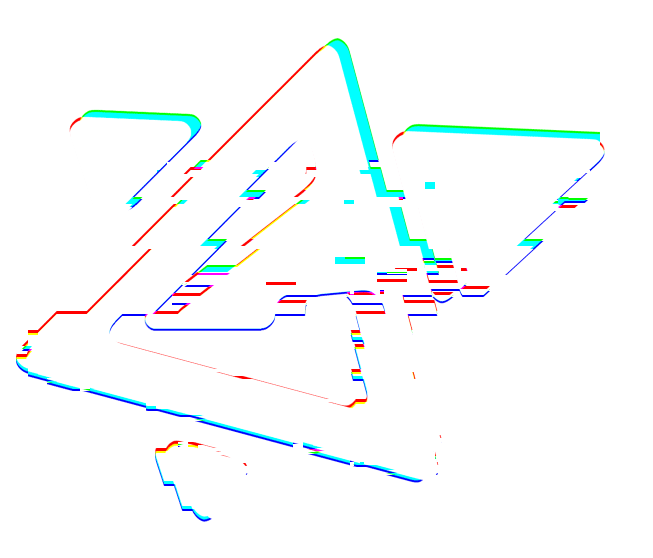The Future of Virtual Reality in Casinos
July 9, 2025 | 9:39 PM

We would like to hear your gaming ideas and convert it into reality simply by exchanging the interesting talks about your project requirement in detail.
Slot machines have been a staple in casinos for decades, enticing players with their flashing lights, catchy tunes, and promises of instant wealth. However, beneath the surface, slot machines are complex pieces of technology that use algorithms to determine the outcome of each spin. In this article, we'll delve into the world of slots, exploring the secrets behind these enigmatic games and uncovering the code that governs their behavior.
To grasp the arealinkphoenix-firestorm.com concept of slot machines, it's essential to understand how they operate. A typical slot machine consists of a Random Number Generator (RNG), which is responsible for generating numbers at an incredibly fast rate – often hundreds or even thousands per second. These numbers are then used to determine the outcome of each spin, with the player's bet and any relevant features such as paylines and bonus rounds influencing the final result.
However, the RNG isn't the only component that makes up a slot machine. Behind the scenes, there's a complex system at work, involving algorithms, software, and hardware that all contribute to the overall gaming experience. This intricate web of components is what gives slots their seemingly unpredictable nature – but we'll soon see how it can be cracked.
Mathematics plays a crucial role in slot machines, particularly when it comes to probability and odds. In a game of chance like slots, the outcome of each spin is determined by the RNG, which generates numbers at random. However, the mathematics involved in calculating probabilities and odds ensures that the house edge remains intact.
The house edge refers to the built-in advantage casinos have over players, typically expressed as a percentage. This means that for every $100 bet, the casino can expect to make around 5-10% profit – with the remaining amount being paid out to winners in the form of payouts and jackpots. The mathematics behind this is complex, involving factors such as volatility, variance, and return-to-player (RTP) rates.
Volatility, for instance, refers to the frequency and size of payouts. A low-volatility slot machine may offer frequent small wins, while a high-volatility machine might provide less frequent but larger payouts. This can have a significant impact on player behavior, with some players preferring the thrill of chasing large jackpots and others opting for more consistent returns.
While mathematics provides the foundation for slot machines, psychology plays a critical role in designing games that appeal to players. Casinos invest heavily in understanding human behavior, using this knowledge to create engaging experiences that keep players hooked.
One way casinos manipulate player behavior is through the use of sensory cues, such as lighting, sound effects, and animations. Bright colors, flashing lights, and catchy tunes can all contribute to a stimulating environment that keeps players entertained and invested in the game. The psychology behind these design elements is rooted in our brain's response to reward – with slot machines exploiting this by providing instant gratification through wins and near-misses.
Another aspect of psychological manipulation involves creating uncertainty and unpredictability. By using algorithms that generate outcomes based on multiple factors, casinos can create a sense of mystery surrounding the outcome of each spin. This keeps players engaged, as they try to decipher patterns and make informed decisions about their bets.
Beyond the surface-level psychology, there lies a darker side to slot machine manipulation – one that involves exploiting human vulnerabilities through clever design. One of the most insidious tactics employed by casinos is the use of "loss camouflaging" strategies.
Loss camouflaging refers to the practice of concealing losses behind wins and near-misses. This can be achieved through various means, such as:
These tactics may seem sinister, but they're a product of the complex interplay between mathematics and psychology that underlies slot machines. By understanding how these mechanisms work, we can begin to see through the veil of manipulation and make more informed decisions about our gaming habits.
So, what does it take to "crack the code" behind slot machines? While there's no single formula or technique that guarantees success, understanding the mathematics and psychology involved can help players make more informed decisions about their bets.
Here are some key takeaways for those looking to unlock secrets behind slot machines:
By embracing this knowledge and adopting a more informed approach to slot machine play, players can unlock the secrets behind these enigmatic games. Remember, while it's impossible to "beat" slot machines in the classical sense, understanding their inner workings can empower you to make better decisions about your gaming habits.
Ultimately, cracking the code of slot machines requires a combination of mathematical insight and psychological awareness. By joining the dots between these two disciplines, players can begin to see through the veil of manipulation that surrounds these games – and perhaps even develop strategies for minimizing losses or maximizing wins.
 categories
categories
 Recent Posts
Recent Posts
July 9, 2025 | 9:39 PM
July 9, 2025 | 9:37 PM
July 9, 2025 | 7:15 PM
July 9, 2025 | 4:31 PM
July 9, 2025 | 4:25 PM
 Recent Comments
Recent Comments